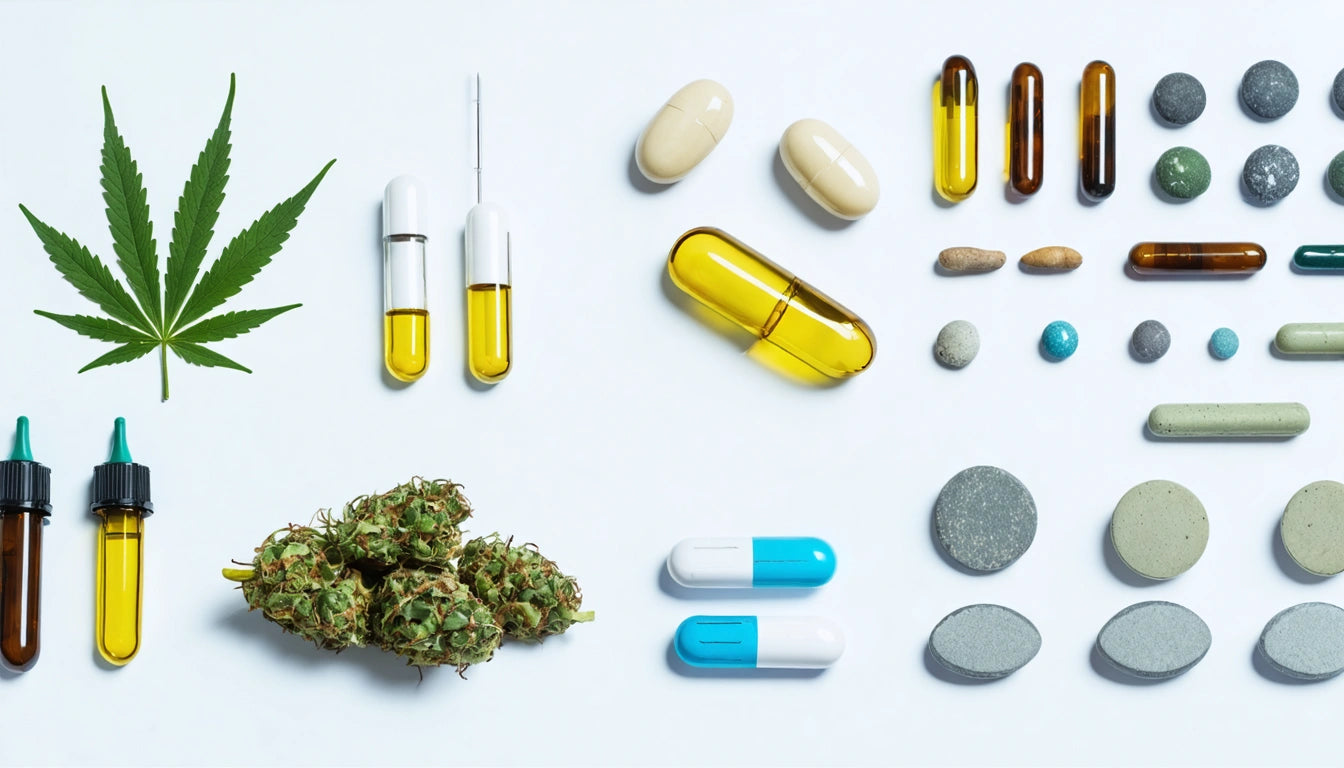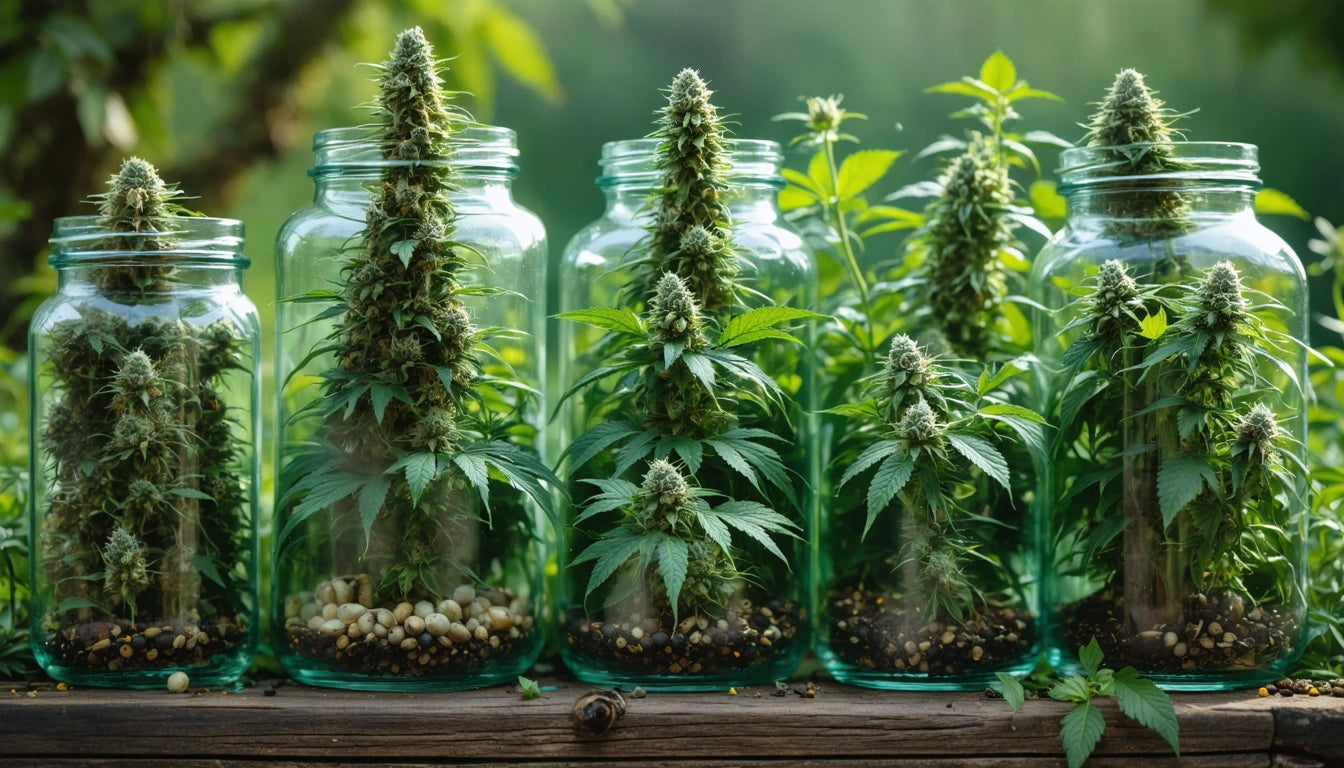Table of Contents
Understanding THC: How It Is Stored, Processed, and Eliminated from the Body
Tetrahydrocannabinol (THC), the primary psychoactive compound in cannabis, follows a complex journey through the human body after consumption. Understanding how THC is absorbed, stored, metabolized, and eventually eliminated provides valuable insights for both recreational and medical users. This comprehensive guide explores the biological mechanisms behind THC processing and answers common questions about its presence in the body.
THC Absorption and Distribution in the Body
When cannabis is consumed, THC enters the bloodstream through different pathways depending on the consumption method. When smoked or vaped, THC is rapidly absorbed through the lungs and enters the bloodstream within seconds. With edibles, absorption occurs more slowly through the digestive system and liver, resulting in delayed effects.
Once in the bloodstream, THC is distributed throughout the body, binding to cannabinoid receptors in the brain, organs, and tissues. As explained in our guide on understanding THC effects and benefits, this binding activity produces the compound's characteristic psychoactive effects.
How and Where THC Is Stored in Fat Cells
Unlike water-soluble compounds that are quickly eliminated, THC is lipophilic (fat-soluble), which significantly impacts where THC is stored in the body. This property causes THC to accumulate in fat-rich tissues, including:
- Adipose (fat) tissue throughout the body
- Brain tissue
- Liver
- Lungs
This fat storage mechanism explains why THC can remain detectable long after use. When stored in fat cells, THC is gradually released back into the bloodstream over time, especially during periods of fat metabolism such as exercise or fasting.
Metabolism and Processing of THC
The liver plays a crucial role in how THC is processed out of the body. When THC reaches the liver, enzymes (primarily cytochrome P450) transform it into metabolites. The primary metabolite, 11-hydroxy-THC (11-OH-THC), is actually more psychoactive than THC itself. This explains why edibles often produce stronger effects, as they undergo extensive first-pass metabolism in the liver.
Subsequently, 11-OH-THC is further metabolized into 11-nor-9-carboxy-THC (THC-COOH), which is not psychoactive but is the primary compound detected in drug tests. This metabolic process is part of the body's natural detoxification system, as described in our article on effective strategies to remove THC.
Primary Elimination Pathways for THC
Urinary Excretion
The primary answer to how THC is excreted from the body is through urine. After liver metabolism, THC metabolites are filtered by the kidneys and eliminated in urine. However, only a small percentage (less than 20%) of THC leaves the body through this route.
Fecal Elimination
Surprisingly, the majority of THC (approximately 65-80%) is eliminated through feces. The liver processes THC and secretes metabolites into bile, which enters the intestines and exits the body in stool.
Other Elimination Routes
THC and its metabolites can also leave the body through:
- Sweat (in minimal amounts)
- Hair follicles (basis for hair testing)
- Breast milk (relevant for nursing mothers)
Understanding these elimination pathways is crucial for those concerned about how THC leaves the body, especially when facing drug testing situations. Many cannabis consumers use high-quality storage containers to maintain their products' potency while being mindful of consumption frequency and potential testing.
Factors Affecting THC Retention and Elimination Time
Several factors influence how long THC remains stored in the body:
- Body composition: Higher body fat percentage typically means longer retention
- Metabolism rate: Faster metabolism generally leads to quicker elimination
- Consumption frequency: Regular users retain THC longer due to accumulation in fat cells
- Dosage: Higher doses take longer to eliminate
- Hydration: Proper hydration supports elimination processes
- Exercise: Can temporarily increase blood THC levels by burning fat stores
These variables explain why THC elimination times vary significantly between individuals, as detailed in our resource on how THC affects metabolism and hydration.
The Body's Natural Cannabinoid System
A common question is "does your body produce THC?" The answer is no, the body does not naturally produce THC. However, it does produce endocannabinoids, which are structurally similar compounds that interact with the same receptors as THC.
The endocannabinoid system (ECS) consists of:
- Endocannabinoids (anandamide and 2-AG)
- Cannabinoid receptors (CB1 and CB2)
- Enzymes that synthesize and break down endocannabinoids
This system regulates numerous physiological processes including mood, pain sensation, appetite, and memory. THC essentially mimics our natural endocannabinoids, which explains its wide-ranging effects on the body, as explored in our guide to THC types and terminology.
Detection Windows and Testing Implications
Understanding where THC goes in your body and how it's eliminated has practical implications for detection windows in different testing methods:
- Urine tests: Detectable for 3-30+ days, depending on usage patterns
- Blood tests: Detectable for 1-2 days (occasional users) to 7+ days (regular users)
- Saliva tests: Detectable for 24-72 hours
- Hair tests: Detectable for up to 90 days
These extended detection windows, particularly in urine and hair, reflect how THC metabolites can remain stored in the body long after the psychoactive effects have subsided. For those concerned about testing, our article on effective methods for removing THC from your system provides evidence-based guidance.
Understanding the biological journey of THC through absorption, storage, metabolism, and elimination provides valuable context for both recreational and medical cannabis users. This knowledge empowers individuals to make informed decisions about consumption patterns, potential detection windows, and health considerations related to cannabis use.











Leave a comment
All comments are moderated before being published.
This site is protected by hCaptcha and the hCaptcha Privacy Policy and Terms of Service apply.